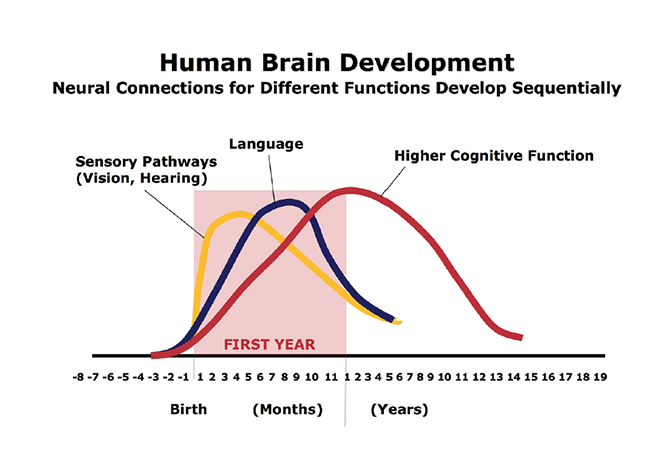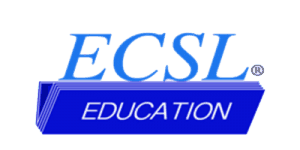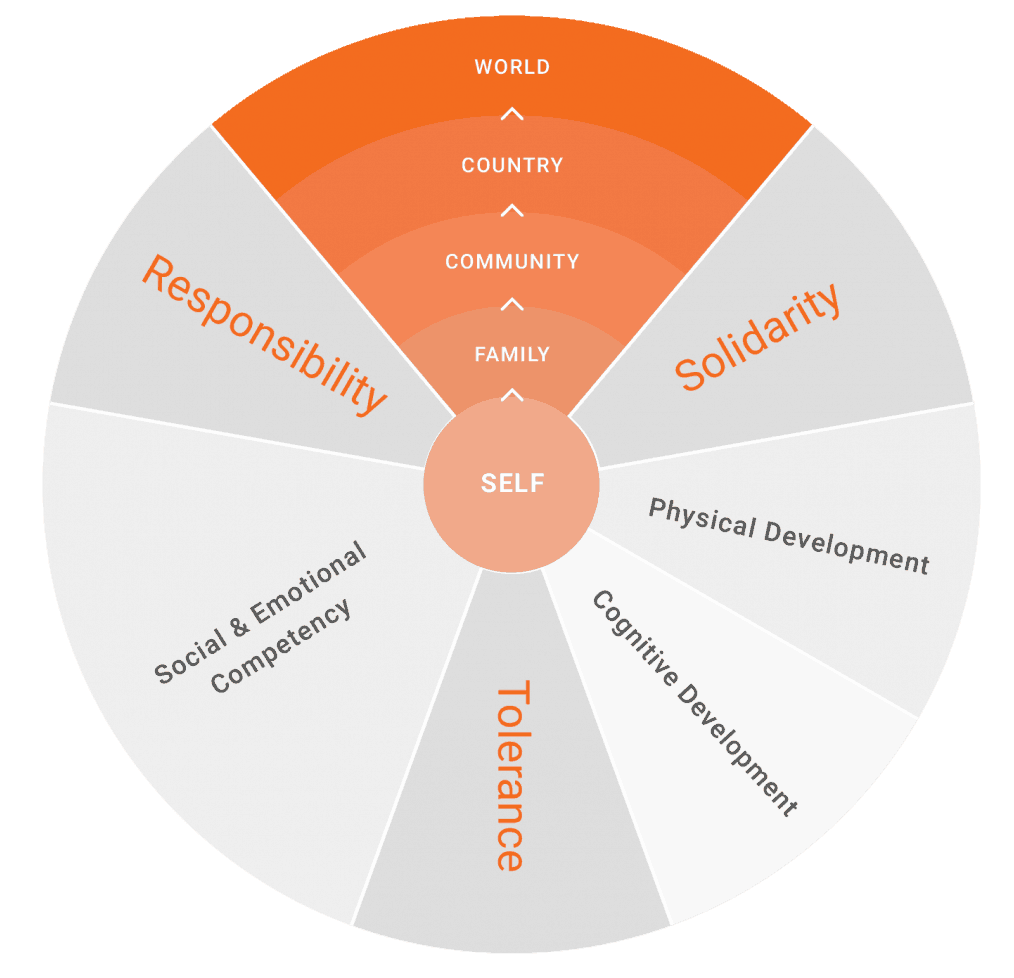
Our ECSL® Approach
 Language Acquisition and the "Window of Opportunity"
Language Acquisition and the "Window of Opportunity"
Very young children are perfectly situated in the "window of opportunity" for language learning. Beginning at birth, all children have the capacity to learn any of the world’s languages and to reproduce them with a near-native accent. This natural ability is activated by exposure to everyday, interactive conversation. Research shows that the younger the child, the easier it is for him or her to master more than a single language.

Full language immersion school instruction in the target language: Children in ECSL programs spend a significant portion of their time (up to 55 hours a week in some cases) improving their preschool skills in a second language. This extended period of exposure, coupled with a language-rich environment and active fluency promotion from our teachers, allows most ECSL students to attain full proficiency in a second language by the time they are ready to begin their K-12 education.
A play-based approach: Children learn best through play, which stimulates development across all areas: cognitive, linguistic, motor/physical, and social-emotional. Recent research also suggests that the frequency and complexity of play in early childhood can predict future academic achievement. Our ECSL curriculum ensures that each day includes time for all kinds of play – child-initiated and teacher-guided – in small and large group settings. Students have plenty of opportunities to practice their new language, try out different roles, and interact with their peers.


A warm, nurturing, and cohesive environment: CommuniKids classrooms and spaces are intentionally designed to be inviting and to promote play. Activities are engaging and developmentally-appropriate. Our highly-trained, experienced educators establish clear routines and expectations, using audiovisual cues, music, and mediators (physical objects that remind students what they should be doing). This approach allows children to know what is happening in the class and understand what they should be doing, even if they do not (yet) fully understand the target language.
A theme-based, integrated curriculum emphasizing global values: Children do not learn about the world by breaking ideas down into subsets like “math” or “science.” Instead, they integrate all learning into a coherent whole. In the ECSL classroom, we teach children in the ways they learn best by incorporating multiple subject areas into each lesson. Classroom activities are interactive, engaging, and child-centered. Our language immersion schools curriculum is organized by thematic units that are relevant to children and that promote what we consider the core values of a global education: responsibility, tolerance, solidarity, and an appreciation for multiculturalism.

